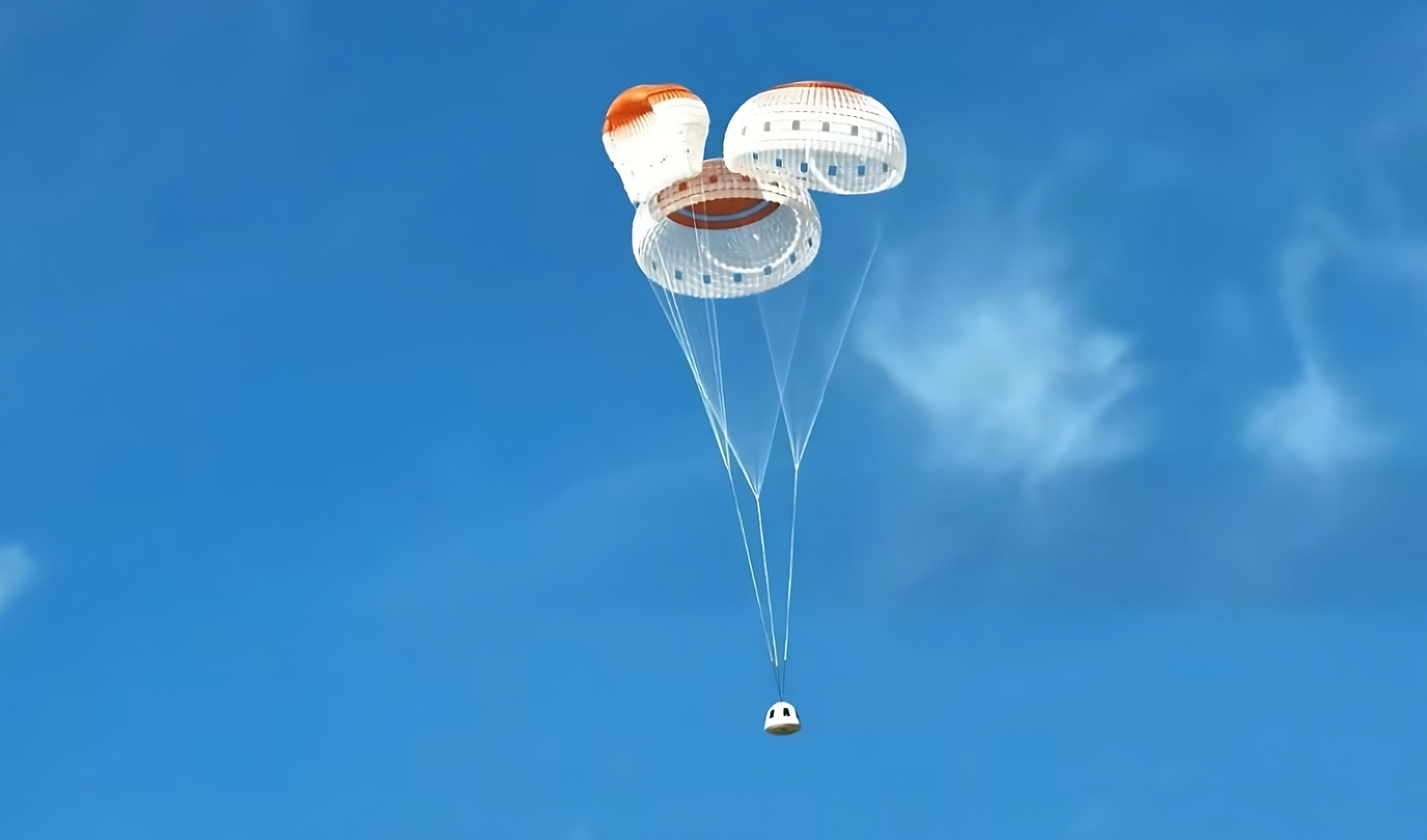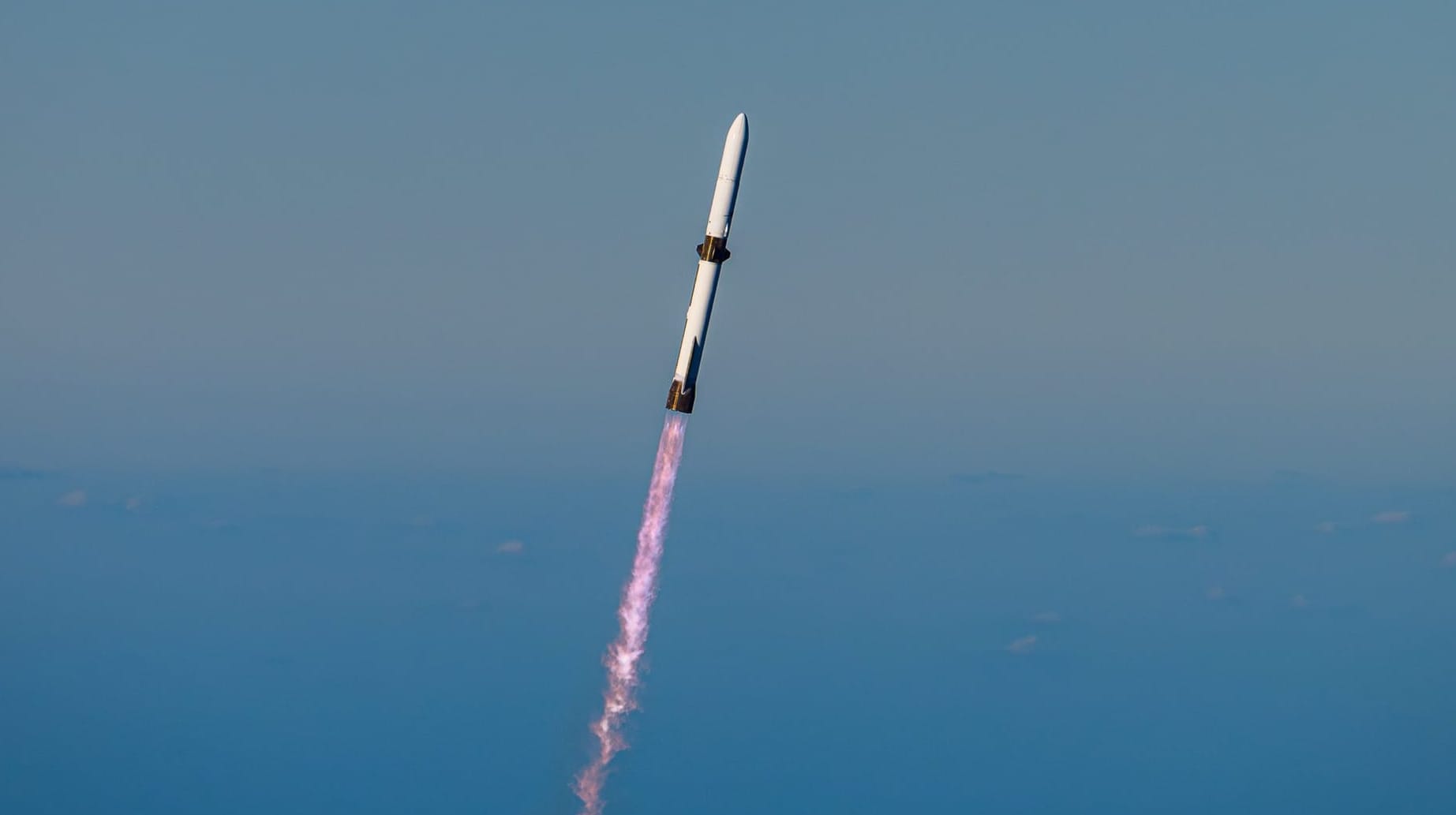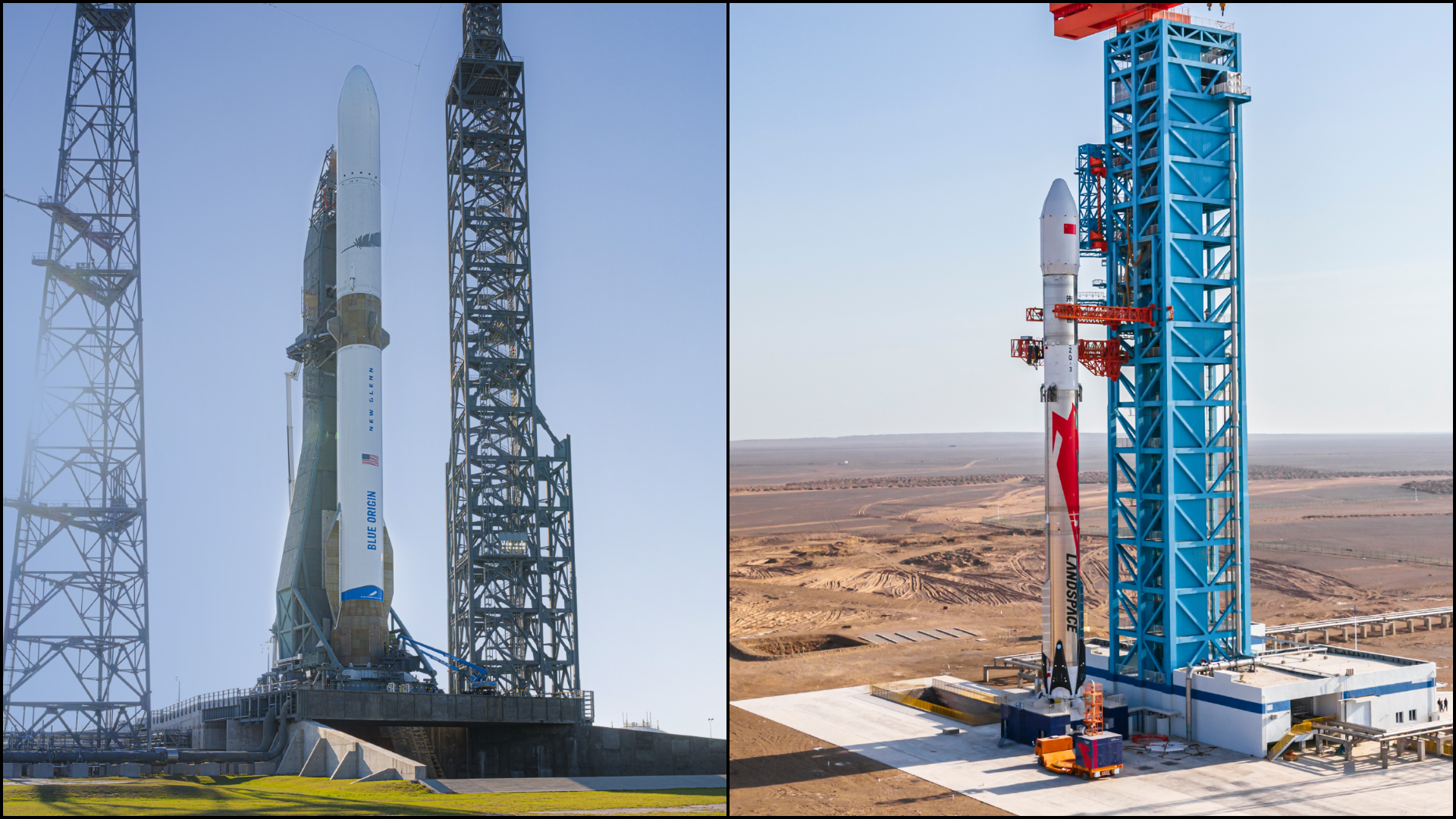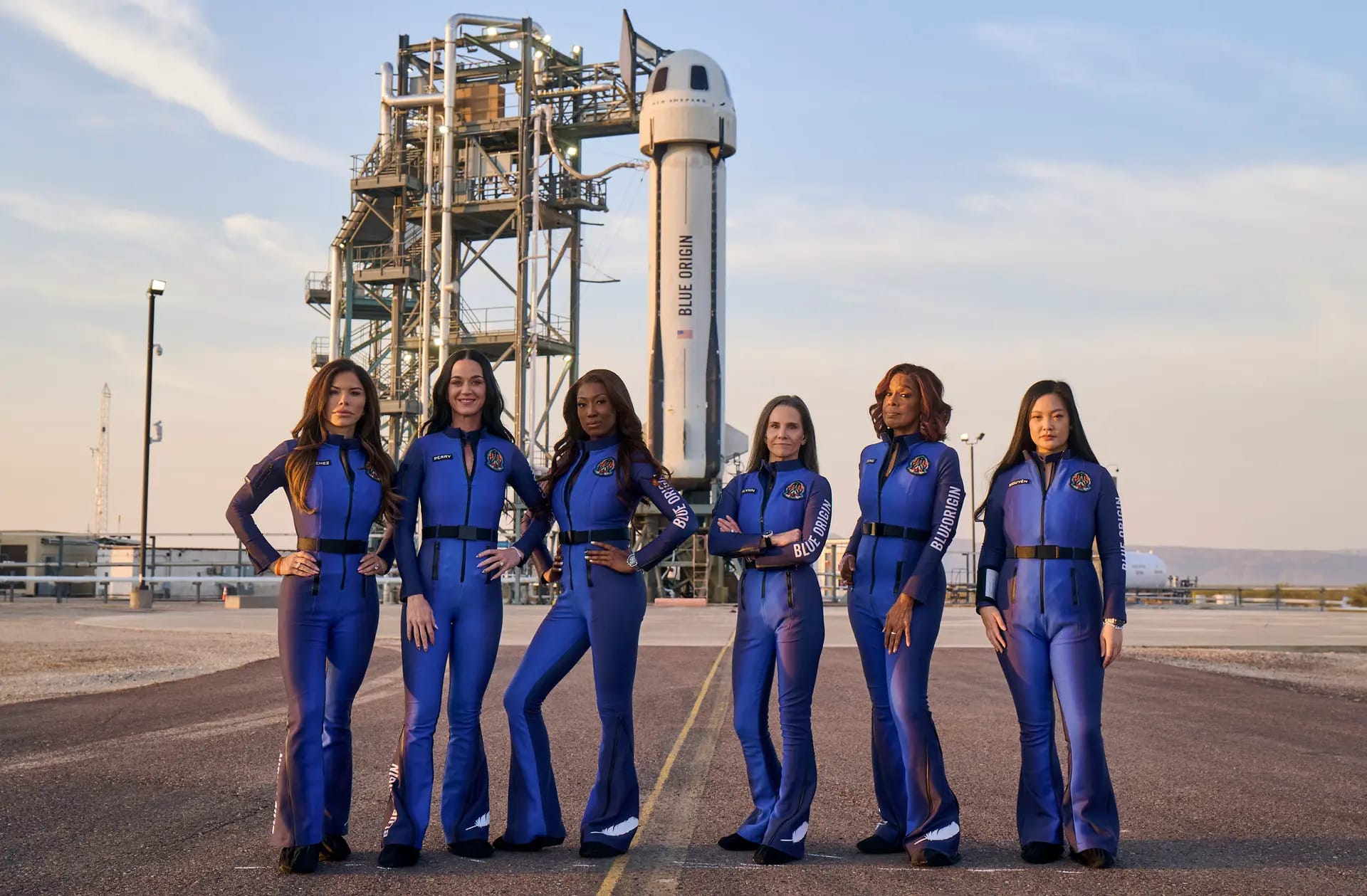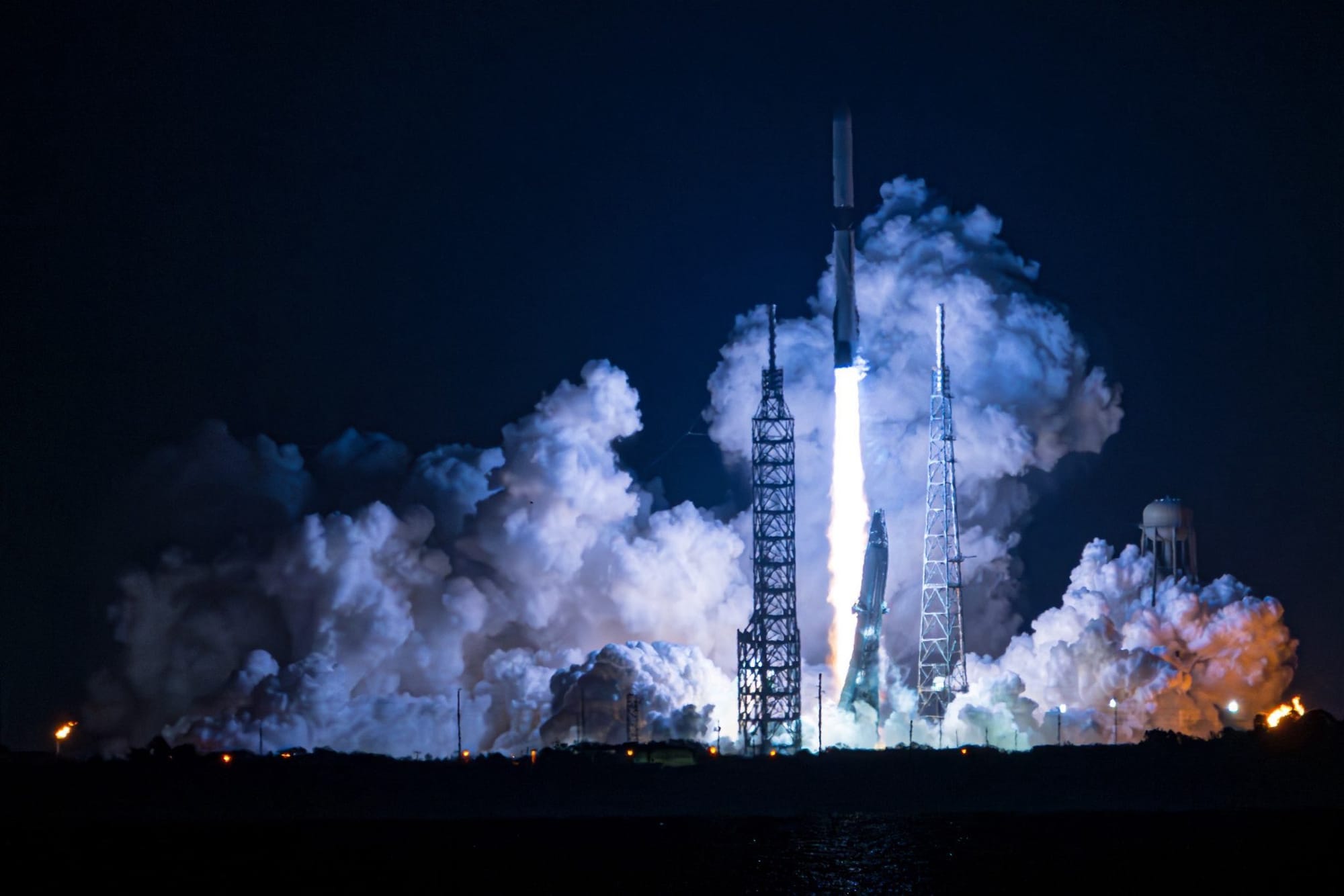Table of Contents
Yesterday, February 4th, Blue Origin performed its twenty-ninth New Shepard mission carrying a variety of payloads above the Kármán line.
For this mission following the separation of the booster, New Shepard's capsule spun itself up to eleven revolutions per minute to simulate the Moon's gravity. As such around two minutes of the mission was simulating lunar gravity for various payloads out of the missions just over ten minutes of flight.
Through providing lunar gravity simulations on New Shepard, Blue Origin is aiming to offer lower-cost longer-duration opportunities than available elsewhere to various academic and aerospace customers. Phil Joyce, Senior Vice President of New Shepard, added:
“New Shepard’s ability to provide a lunar gravity environment is an extremely unique and valuable capability as researchers set their sights on a return to the Moon,” – “This enables researchers to test lunar technologies at a fraction of the cost, rapidly iterate, and test again in a significantly compressed timeframe.”
New Shepard's reaction control system put a new spin on lunar gravity. Here is a cool (albeit dizzying) video of booster and capsule separation showing spin up. We achieved our target of 0.16g, creating a Lunar-G environment for our payloads that lasted continuously for 140… pic.twitter.com/sCeFrHAdh0
— Dave Limp (@davill) February 6, 2025
New Shepard spinning up its capsule for the NS-29 mission, via Dave Limp on X.
Various technologies, such as dust mitigation, advanced habitation systems, small spacecraft components, and in-situ resource utilization, were tested across the various payloads during the flight. A few of the payloads on board New Shepard, highlighted by Blue Origin, for the NS-29 mission were:
- Electrostatic Dust Lofting (EDL) from NASA Kennedy Space Center is a project studying how Moon dust gets electrically charged and lifted up when exposed to ultraviolet light. Insights from this study will help future lunar missions address dust problems. The project was created by NASA's Kennedy Space Center in Florida along with the University of Central Florida and the University of Colorado, Boulder.
- Fluidic Operations in Reduced Gravity Experiment (FORGE) from NASA's Jet Propulsion Laboratory (JPL) will test how to manage liquids and gases in space. This technology is critical for instruments that may monitor water quality for astronauts or search for evidence of life on ocean worlds in our solar system.
- Honey Bubble Excitation Experiment (H-BEE) from Honeybee Robotics is a tool evaluating how bubbles behave in thick liquids on the Moon. The insights will help better predict how oxygen bubbles will act in melted Moon rock during a process called molten regolith electrolysis.
- Soil Properties Assessment Resistance and Thermal Analysis (SPARTA) from JPL is a toolkit designed for geomechanical testing below the lunar surface. The test aims to understand how lunar gravity affects its performance. SPARTA was created by JPL in Southern California and developed by Honeybee Robotics.
- Lunar-g Combustion Investigation (LUCI) from NASA Glenn Research Center is an experiment to study how materials catch fire in the Moon's gravity compared to Earth's. The findings will help NASA and its partners create safer living and working habitats for people on the Moon. This project is developed by NASA’s Glenn Research Center in Cleveland, Ohio, together with Voyager Technologies.
- Film Evaporation MEMS Tunable Array Micropropulsion System (FEMTA) from Purdue University is a water-based micro-propulsion system in development by researchers at Purdue. This small thruster helps precisely control the direction and positioning of small satellites. The experiments are measuring how well FEMTA and its passive propellant delivery system work in the low-gravity environment of space. The experiment was flown on New Shepard's booster.
Blue Origin stated that thirty payloads in total were aboard New Shepard for NS-29, with half through NASA’s Flight Opportunities program. Additionally, many postcards were flown onboard too as part of Blue Origin's 'Postcards to Space' program.

As a reusable vehicle, New Shepards booster, believed to be NS-5, was flying for the second time. NS-5 flew its first mission a few months ago in October 2024.
Blue Origin's fleet of vehicles for New Shepard missions currently consists of three capsules and two boosters. So far these vehicles have supported over one hundred and seventy-five payloads as well as carrying forty-seven people.
If you'd like to rewatch New Shepard simulate lunar gravity the NS-29 mission webcast is embedded below:
What is New Shepard?
New Shepard is a single-stage reusable sub-orbital launch vehicle flown and manufactured by American aerospace company Blue Origin. New Shepard commonly carries tourists and microgravity science missions.
The capsule of New Shepard can carry either six passengers or an undisclosed mass of science experiments. The capsule also has an abort motor in the event of failure during the boosters phase of flight.
The booster of New Shepard is powered by one BE-3 engine generating a believed 50 tons of thrust burning liquid hydrogen and liquid oxygen for up to two-minutes and twenty-one seconds. The BE-3 engine is capable of restarting in-flight enabling the booster to be recovered and reused. New Shepard's booster also has numerous aerodynamic surfaces to allow the booster to guide itself during unpowered flight.

